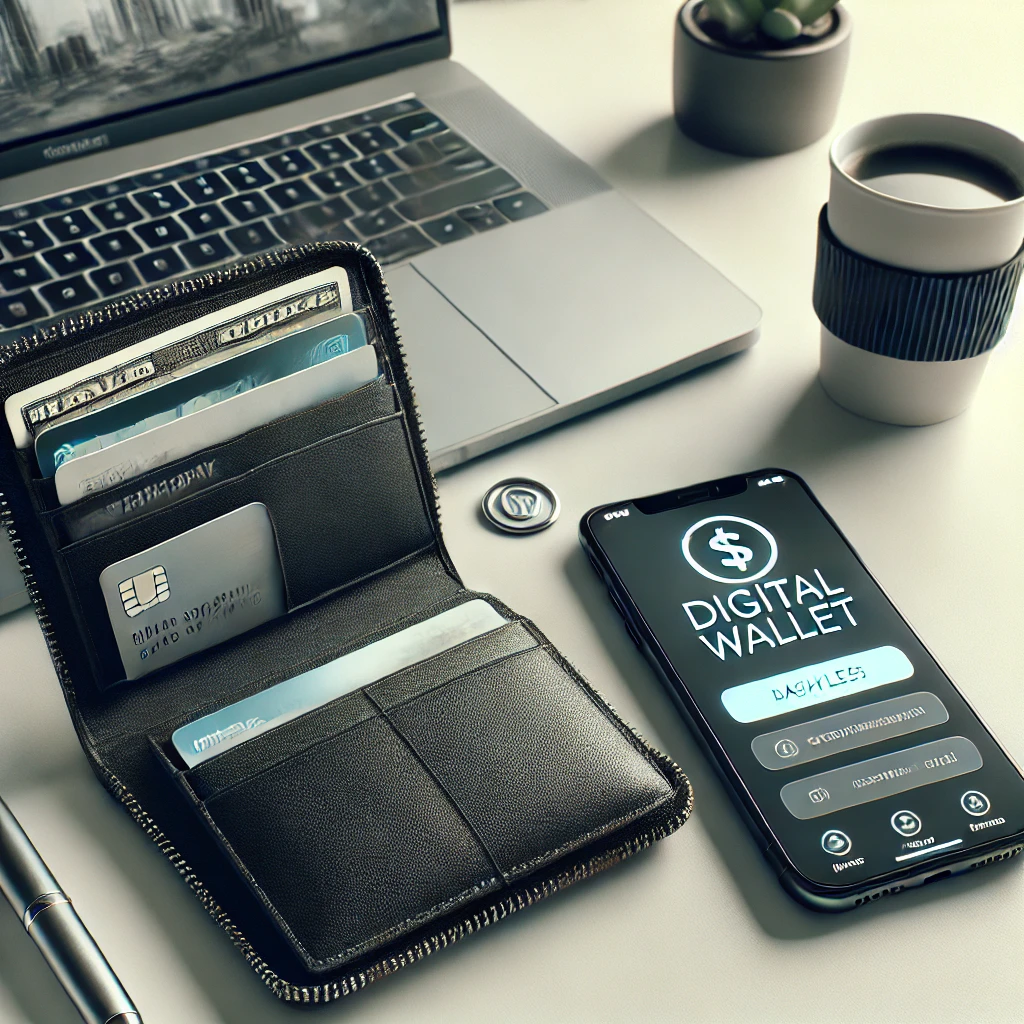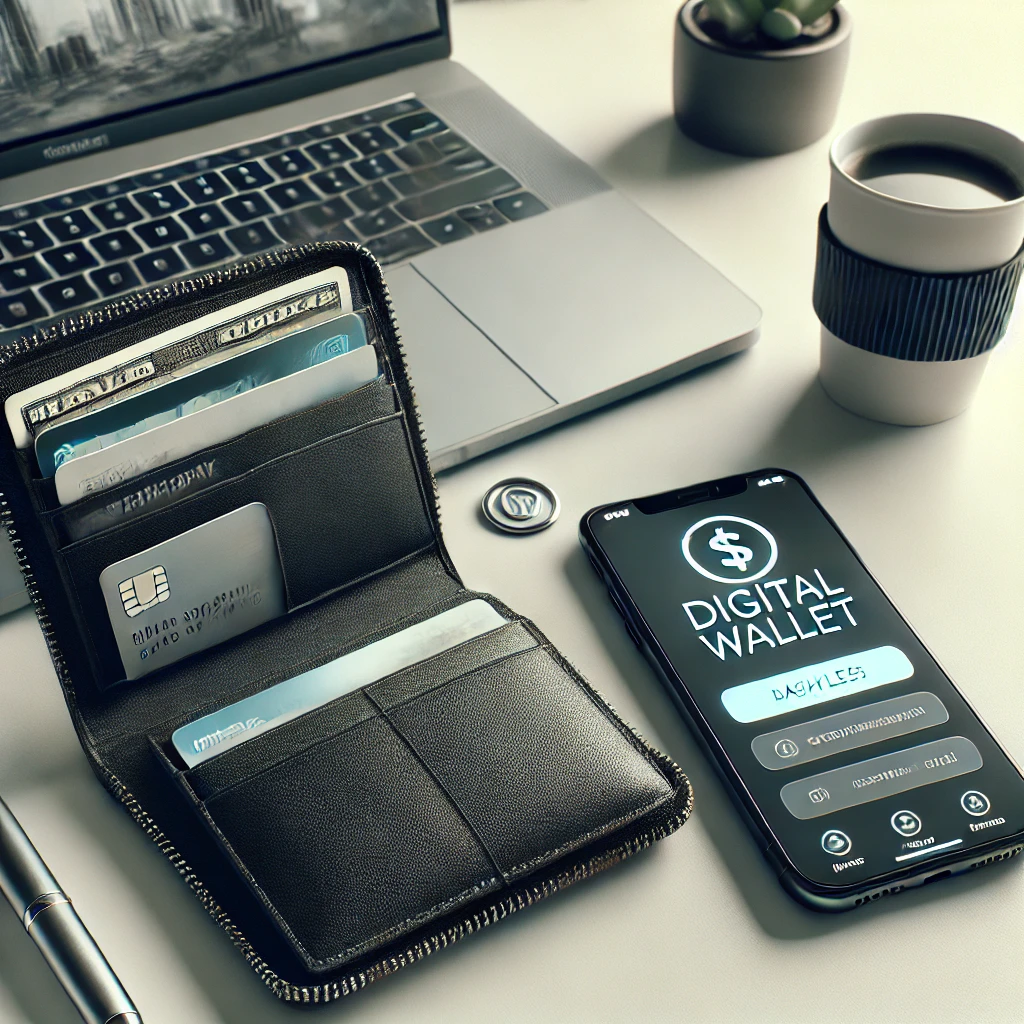Simplify Your Wallet: Cashless Wallet Management Techniques
Master the art of managing your wallet in the digital age.

Introduction
The rise of cashless payment systems has transformed the way we handle money. Gone are the days of bulky wallets filled with cash, coins, and receipts. In this guide, we’ll explore how to effectively manage your wallet in the cashless era, focusing on cashless wallet management, digital tools, and organizational strategies.
Why Transition to a Cashless Wallet?
A cashless wallet not only saves space but also enhances security and convenience. Here are some key benefits:
- Efficiency: Quickly access funds via apps and cards.
- Security: Minimize the risk of loss or theft by reducing cash dependency.
- Eco-Friendly: Cut down on paper and plastic waste by eliminating unnecessary items.
Steps to Organize Your Cashless Wallet
1. Declutter Your Physical Wallet
Start by removing unnecessary items such as expired cards, old receipts, and loyalty cards you no longer use. Keep only essentials:
- A single debit or credit card.
- An ID card or driver’s license.
- Minimal cash for emergencies (optional).
2. Set Up Digital Payment Apps
Leverage popular digital payment apps like:
- Apple Pay or Google Pay for secure contactless payments.
- Venmo or PayPal for peer-to-peer transactions.
- Banking apps for instant account access.
Ensure these apps are secure by enabling two-factor authentication and strong passwords.
3. Use Virtual Cards
Virtual cards are temporary card numbers that protect your main account information. Many banks and digital wallets offer this feature for added security during online purchases.
4. Organize Your Digital Wallet
Just like a physical wallet, your digital wallet needs organization. Categorize your apps and tools for easy access:
- Payment apps in one folder.
- Loyalty apps in another folder.
- Financial tracking apps separately.
5. Track Your Spending
Use financial management tools like Mint or YNAB (You Need A Budget) to monitor your expenses. These apps sync with your digital wallet and bank accounts, giving you a clear overview of your spending habits.
Overcoming Common Challenges
Security Concerns
Security is often a top concern when transitioning to a cashless wallet. To address this:
- Enable biometric authentication on your phone and apps.
- Regularly review your transaction history.
- Only use trusted payment platforms.
Accessibility Issues
Not all establishments accept digital payments. Carry a small amount of cash as a backup and check in advance if certain stores or services accept your preferred payment method.
The Future of Wallets
As technology advances, wallets will continue to evolve. Innovations like cryptocurrency wallets and biometric payment systems are just the beginning. Staying informed about these developments will help you adapt seamlessly.
Conclusion
Transitioning to a cashless lifestyle is not just about decluttering your wallet but also about embracing a more organized and secure way of managing your finances. By implementing the techniques discussed in this guide, you’ll be well on your way to mastering cashless wallet management.


